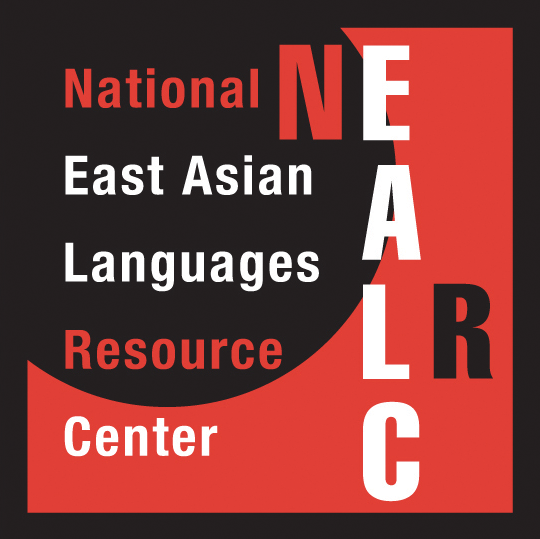










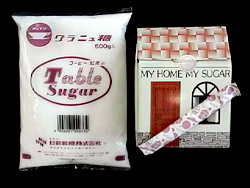
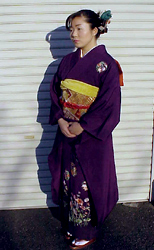
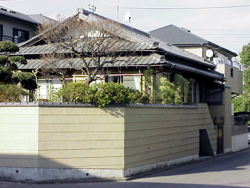


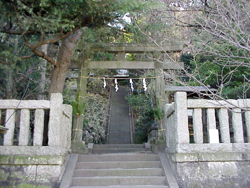
All of these kinds of wrapping indicate a series of steps, layers, or transitions moving from outside to inside. A series of clothing layers mark a transition from outside to the body within the kimono; a series of walls, curtains and rooms, envelope the family’s own living space within the house building. And a heavy rope marks off the first step in a series of transitions in which the visitor to a shrine moves from the mundane to the special or transcendent.
Ordinary speech and action are the most crucial and intricate arenas for wrapping in Japan. It is impossible to utter a sentence in Japanese without making wrapping distinctions. What one cannot do in Japanese is to avoid making these distinctions altogether, for they are built into the grammar of the language. Social wrapping is crucial as well; in fact, understanding wrapping and its implication is so important for the well-being of the newcomer that the rest of Part 2 will focus entirely on this subject.
